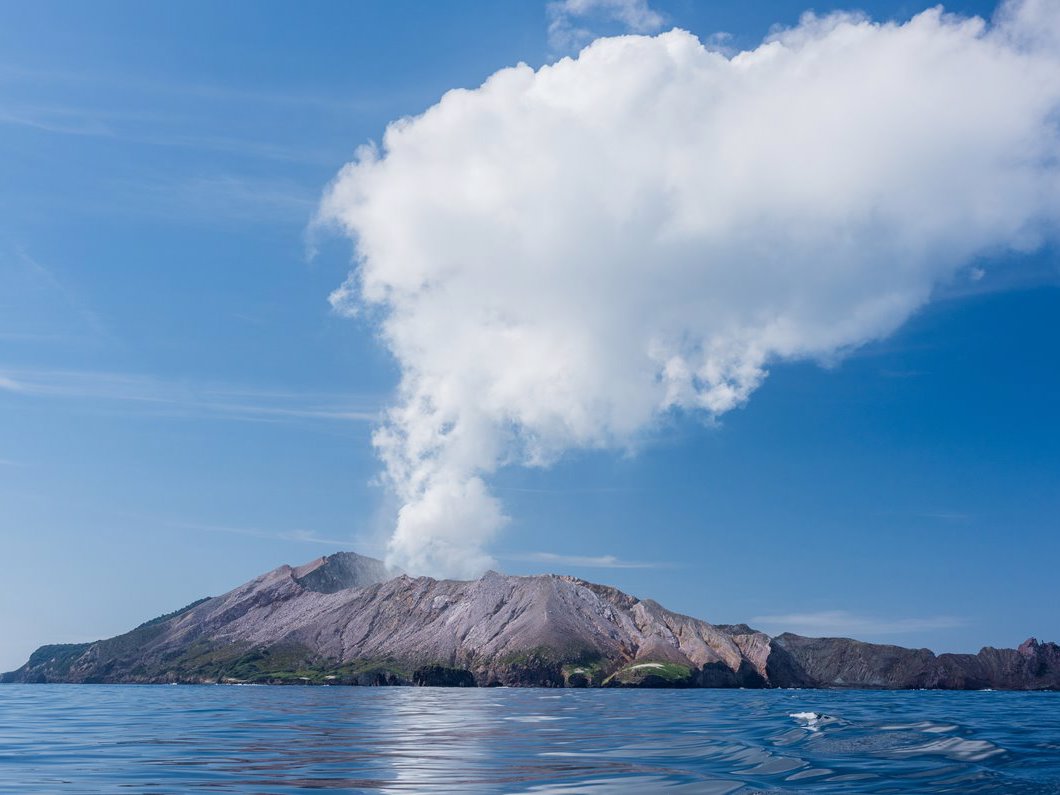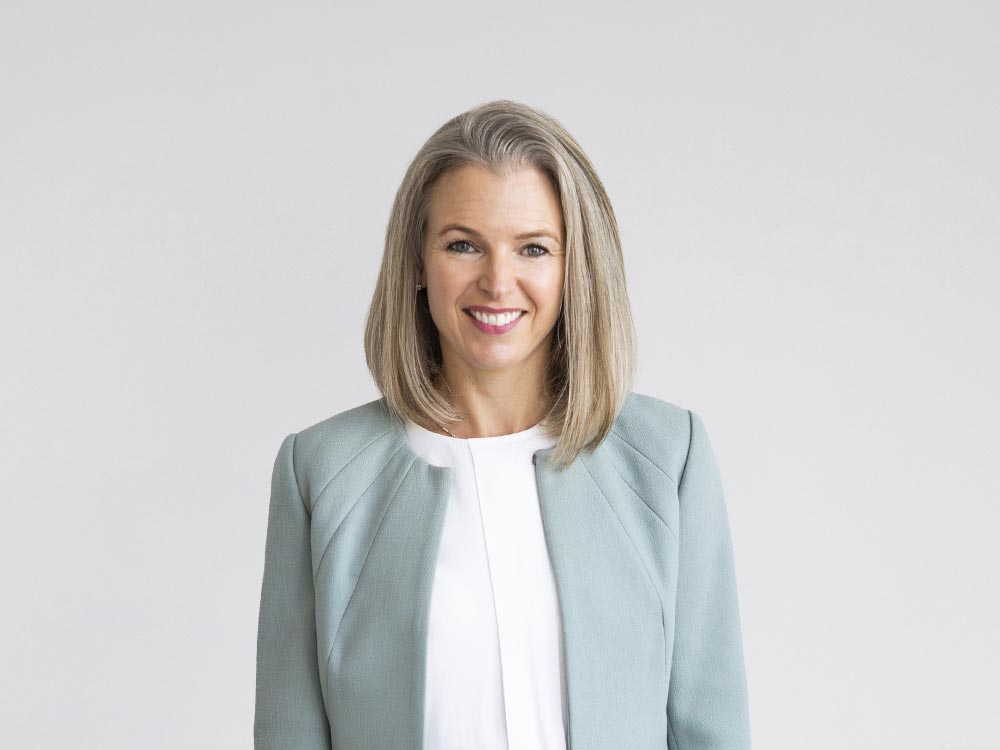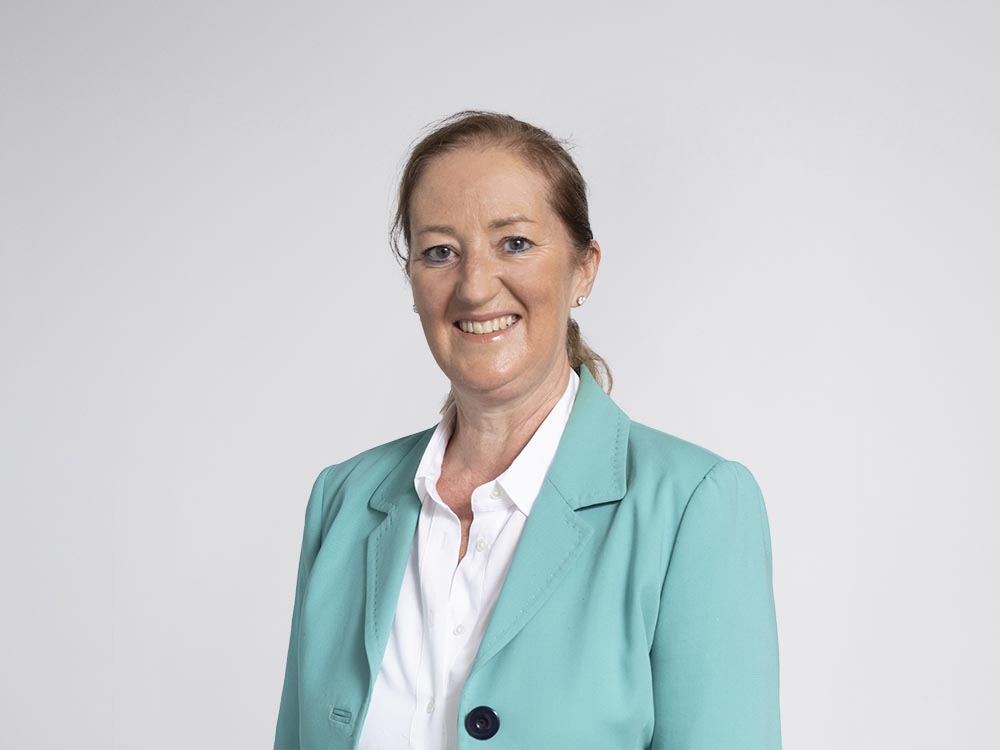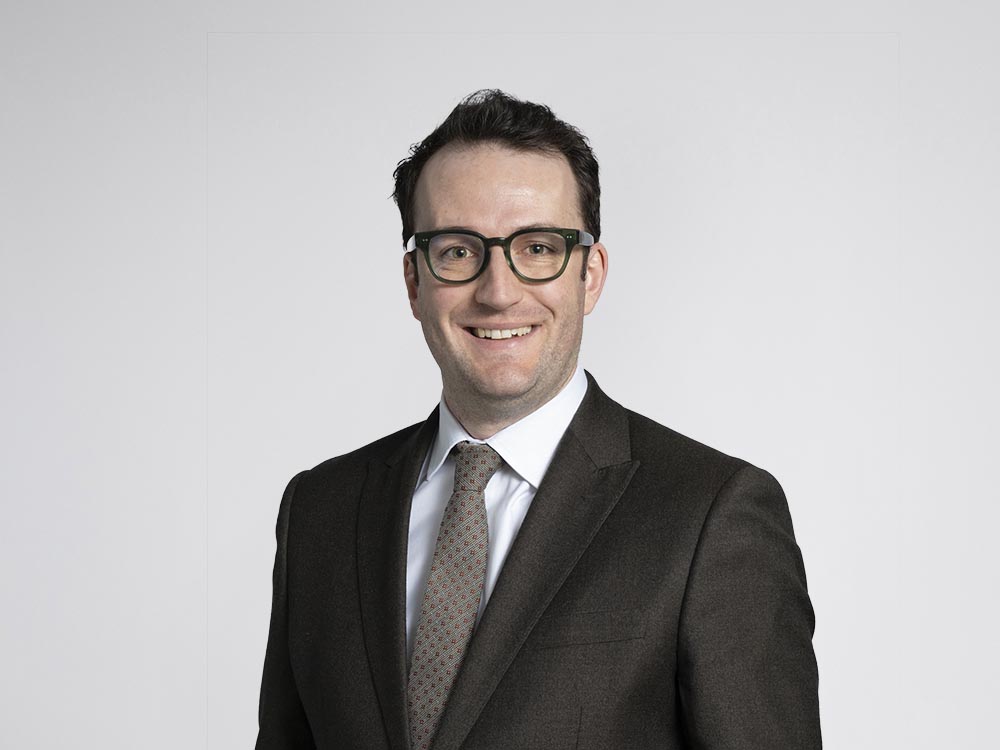On 31 October 2023. Whakaari Management Limited (WML) was convicted in the District Court in relation to a charge fled by WorkSafe New Zealand (WorkSafe) under s 37 of the Health and Safety at Work Act 2015 (HSW Act). This decision marked the culmination of the liability stage of one of the most significant health and safety proceedings in New Zealand’s history [1].
When WorkSafe began its investigation of those involved in tourism to, or connected with, Whakaari | White Island (Whakaari), 13 defendants faced charges. However, since the proceedings began in 2020, six of the defendants pleaded guilty, and a further six had their charges dismissed (either prior to or during the trial), leaving WML the sole remaining defendant at the end of the trial.
The overall outcome of the proceedings – and, in particular, the number of charges dismissed – will be disappointing for those affected by what happened at Whakaari. We also consider the outcome of the proceedings is also likely to cause WorkSafe to reflect upon how it investigates health and safety incidents and makes decisions on charges going forward.
Of note in the Whakaari proceedings is that WML defended charges brought by WorkSafe under ss 36(2) and 37(1) of the HSW Act and succeeded in having the charge under s 36 dismissed. It is noteworthy that Judge Thomas’ interpretation of s 36(2) followed orthodox statutory interpretation which accounted for:
- the language and structure of s 36 (and the HSW Act as a whole);
- the indicators of purpose within the HSW Act; and
- the relevant legislative history.
Judge Thomas’ approach to interpreting the HSW Act is something to be borne in mind in any future litigation in terms of the approach the courts might take to interpreting the Act.
Similarly, the directors of WML had their charges dismissed after WorkSafe called its witnesses and closed its case. The charges against the directors of WML were dismissed on the basis that Judge Thomas did not consider he could reasonably convict any of them on the evidence brought by WorkSafe. WorkSafe’s evidence only reflected the action or inaction of the directors as a group, whereas the charges against each director had to be proved individually. Judge Thomas set clear expectations as to what WorkSafe should ask directors, identifying the following questions as essential to the assessment of individual due diligence:
- Did they as a board agree that all three of them should have the responsibility for looking into whether and what expert advice WML should take?
- Did they agree that one in particular was more able to perform that role than the others, or two of them?
- Did they argue or disagree about how much should be done?
- Was anyone outvoted on that?
- Did that person do all that they could but was simply outnumbered?
WorkSafe’s failure to obtain convictions against a number of defendants in the Whakaari proceedings may result in more defended hearings as other defendants reconsider the relatively common approach in New Zealand of entering early guilty pleas and seeking to mitigate adverse outcomes at sentencing. Indeed, it is not common for defendants to defend a charge during a health and safety prosecution (and therefore for WorkSafe’s case to be tested). This is often because of the commercial and other sentencing discount incentives that defendants have to plead guilty at an early stage of a proceeding.
The Whakaari outcome may also cause WorkSafe to reflect harder on what matters to take to trial and whether additional rigor should be applied to testing whether the evidence developed during investigations is sufficient to make out any charges being contemplated.
We expect that prospective defendants to a WorkSafe prosecution will take some confidence from the dismissal of charges in the Whakaari proceedings and will be more likely to either:
- test the appropriateness of charges brought by WorkSafe at the outset;
- seek the dismissal of charges brought by WorkSafe; or
- defend the charges during a trial.
In response to the dismissal of charges against various defendants in the Whakaari proceedings, a campaign has been established, by two people who lost loved ones during the Pike River Mine disaster, to introduce corporate manslaughter legislation in New Zealand. The campaign follows on from the similar “Not One More” campaign launched early in 2023 by the New Zealand Council of Trade Unions (NZCTU), the purpose of which was to lobby for legislation that would amend the legal definition of homicide to include killing by a “non-natural person”. NZCTU proposed that this would involve:
- expanding the Crimes Act’s definition of culpable homicide to include death resulting from health and safety breaches; and
- importing the concept of PCBU liability for corporations from the Health and Safety at Work Act 2015 (the HSWA) into the Crimes Act’s “Interpretation” section.
We have not seen any clear indication that New Zealand is looking to adopt a corporate manslaughter offence. We note that before the 2023 General Election, New Zealand First indicated it was taking the proposal made in the more recent campaign seriously. The National Party thanked the pair behind the latest campaign for voicing their concerns.
Outside the Whakaari proceedings, 2023 has also saw record fines imposed in cases involving fatalities, with an unprecedented $502,500 fine imposed on AFFCO New Zealand Ltd after the death of a worker in an abattoir. Other significant fines imposed in 2023 include $440,000 against NZSki Limited, and $270,000 against sister companies ABC Aluminium Limited and Ultimate Design and Renovation Limited. It is noteworthy that the higher fines for NZSki and AFFCO were imposed in cases where the PCBU had been put on notice of the relevant risks and hazards but failed to take sufficient action to eliminate or minimise them.
Steve Haszard has been appointed as WorkSafe’s new Chief Executive. This change in leadership comes at a time when WorkSafe is facing significant budgetary pressures. These pressures have seen WorkSafe introduce a ‘sinking lid’ on jobs, with cost-cutting measures forecast to continue in 2024. In order to achieve a more sustainable funding model, WorkSafe has announced a new organisational structure that will reduce costs by reducing the overall number of roles within WorkSafe. However, the cost-cutting measures are not intended to impact on WorkSafe’s inspectorial and investigation capabilities; on the contrary, WorkSafe has announced its intention to increase its staffing numbers in these areas over time. This decision may be designed to reverse a recent trend where, over the past several years, there has been a steady decline in the number of investigations conducted each year, from 360 in 2016 to only 100 in 2023, despite WorkSafe reporting a stable number of work-related fatalities and a rising number of workplace injuries over the same period.
Reference
- We have discussed the prosecutions in greater detail in our previous alert - Culmination of liability stage of Whakaari White Island proceedings.









